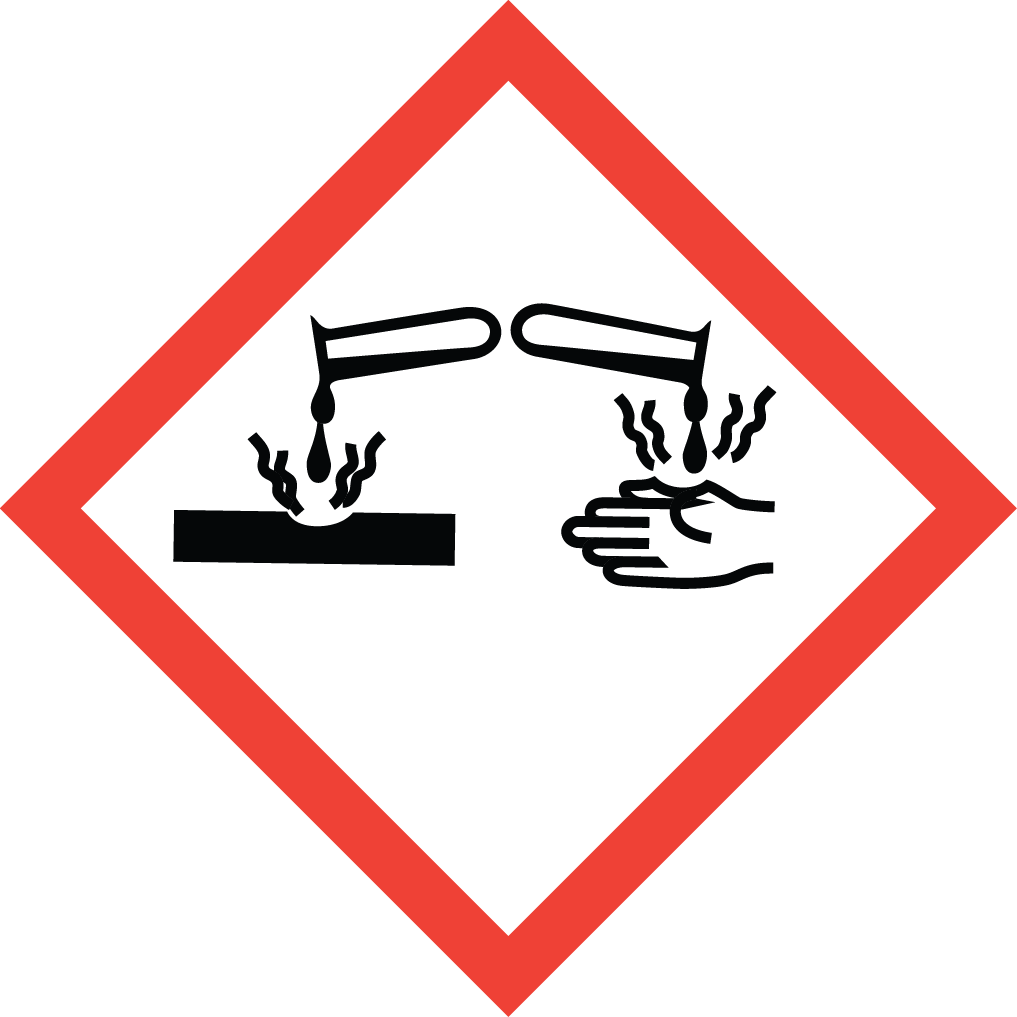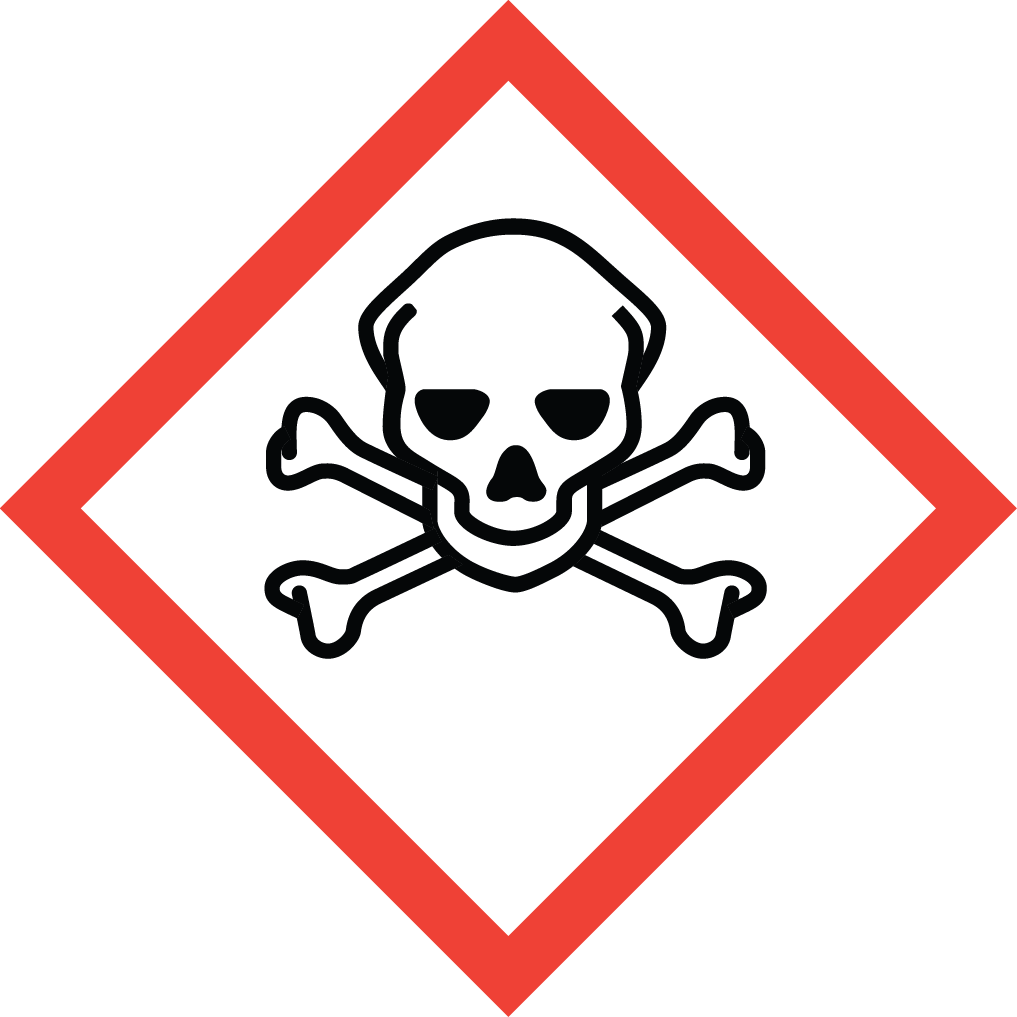Discover Aure Chemical's Premium Phosphorous Acid Supply
Aure Chemical is a premier global supplier of high-quality Phosphorous Acid (H₃O₃P), also commonly known as Phosphonic Acid. Identified by its CAS number 13598-36-2, this inorganic compound is typically supplied as a white crystalline solid or a concentrated aqueous solution. While its empirical formula is H₃O₃, it predominantly exists in its more stable, tetrahedral tautomeric form, HP(O)(OH)₂, which is why it's also called phosphonic acid. Phosphorous Acid is a highly versatile chemical, primarily valued for its powerful reducing properties. It plays a critical role in the production of various phosphite salts, water treatment chemicals, chelating agents, and serves as a key intermediate in numerous organic synthesis reactions and agricultural applications. Aure Chemical's unwavering commitment to excellence ensures that our Phosphorous Acid meets the stringent purity and performance requirements for your most demanding industrial and agricultural applications, guaranteeing consistency, effectiveness, and reliability.
Basic Information of Phosphorous Acid
Phosphorous Acid (CAS No. 13598-36-2) is meticulously produced and rigorously tested to meet stringent quality standards. We ensure exceptional purity and consistent performance, essential for your critical applications:
| CAS No.: | 13598-36-2 |
|---|
| EC No.: | 237-066-7 |
|---|
| Linear Formula: | H₃O₃P |
|---|
| Molecular Weight: | 82.00 |
|---|
| Appearance: | Clear, colorless aqueous solution. |
|---|
| Odor: | A strong reducing agent, readily oxidized to phosphoric acid. |
|---|
| Melting Point: | 73 °C |
|---|
| Boiling Point: | Decomposes around 200 °C |
|---|
| Density: | 1.651 g/mL at 25 °C(lit.) |
|---|
| Solubility: | Highly soluble in water, ethanol, and acetone. |
|---|
| Flash Point: | 200°C |
|---|
| Acidity: | Diprotic acid (only two hydrogen atoms are acidic). |
|---|
| RIDADR: | UN 2834 8/PG 3 |
|---|
| Chemical Structure: |  |
|---|
Our commitment to delivering high-purity Phosphorous Acid ensures a reliable and efficient component for your critical processes, offering consistent quality for diverse industrial needs.
Primary Applications of Phosphorous Acid
Phosphorous Acid's strong reducing capabilities, chelating properties, and versatile reactivity make it a fundamental chemical with extensive applications across various industries:
Production of Phosphite Salts:
The primary use of Phosphorous Acid is in the manufacturing of various phosphite salts (e.g., sodium phosphite, potassium phosphite, calcium phosphite). These phosphites are widely used as stabilizers for plastics (PVC), flame retardants, and in agricultural applications.
Water Treatment Chemicals:
It is used in the synthesis of water treatment chemicals, particularly phosphonates, which act as scale inhibitors, corrosion inhibitors, and dispersants in industrial water systems and cooling towers, preventing mineral buildup.
Reducing Agent:
As a powerful reducing agent, it is employed in various chemical processes to reduce other compounds. For example, it can reduce noble metal salts to their elemental forms.
Agriculture & Plant Health:
Phosphorous acid and its phosphite derivatives are used in agriculture as fungicides and plant defense activators. They enhance plants' natural resistance to various fungal and oomycete diseases, such as downy mildew and Phytophthora. They also act as a source of phosphorus nutrition.
Organic Synthesis Intermediate:
It serves as a key intermediate in organic synthesis for the production of various phosphorus-containing organic compounds, including pharmaceuticals, agrochemicals, and specialty chemicals.
Chelating Agent:
Its ability to form stable complexes with metal ions makes it useful as a chelating agent in certain industrial applications.
Why Choose Aure Chemical for Your Phosphorous Acid Supply?
Aure Chemical is dedicated to providing superior chemical solutions and unparalleled customer support. By partnering with us for your Phosphorous Acid requirements, you benefit from:
Exceptional Purity & Consistent Quality: Our Phosphorous Acid is manufactured to stringent purity specifications, crucial for ensuring optimal performance in sensitive applications like agricultural formulations, plastic stabilization, and fine chemical synthesis.
Reliable Global Supply Chain: We maintain a robust and efficient supply network, guaranteeing timely and secure delivery of this versatile chemical in crystalline solid or solution form to your facilities worldwide, adhering to all strict safety and regulatory standards.
Expert Technical Support: Our team of experienced chemists and specialists is readily available to offer comprehensive guidance on product application, safe handling procedures, and optimal storage conditions for Phosphorous Acid.
Commitment to Quality & Safety: We adhere to the highest industry standards for quality management, safety, and environmental responsibility across all our operations, ensuring peace of mind for our clients.
Choose Aure Chemical for a trustworthy and dependable supply of high-quality Phosphorous Acid. We're ready to support your most demanding and innovative industrial processes.
Hazards Classification
GHS Classification: Corrosive (GHS05), Acute Toxicity (GHS06)
Hazard Statements: Causes severe skin burns and eye damage; harmful if swallowed or inhaled.
UN Number: UN 2834
Hazard Class: 8 (Corrosive Substances)
Packing Group: III
 GHS05: Corrosive
GHS05: Corrosive GHS06: Acute toxicity
GHS06: Acute toxicity
